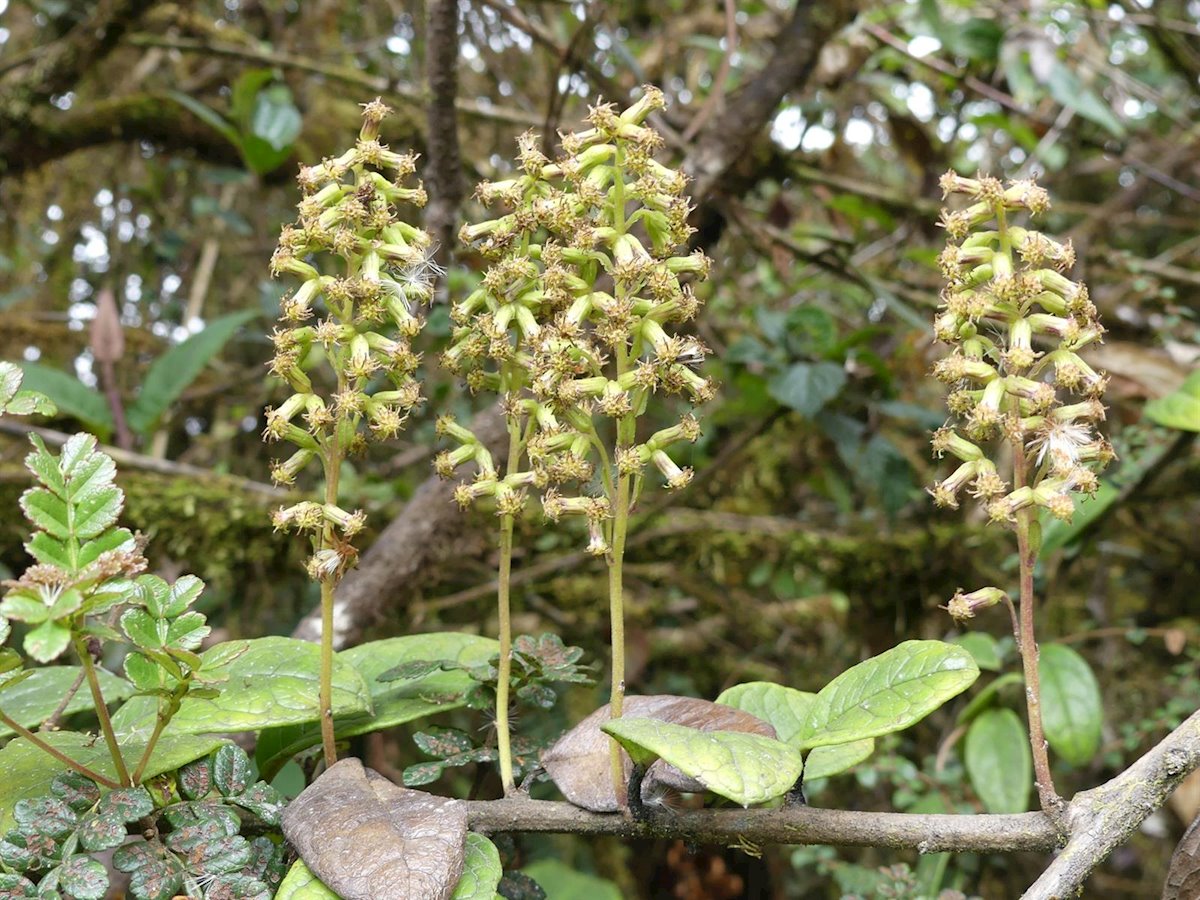
Anthos means flower in Greek. It is also the name of a program that was initially created to allow citizens to easily and freely access all the complete information on the Iberian flora on the internet. Its main objective is to consolidate itself as an electronic tool that can be used by all professionals, technicians and fans of the natural environment. Thanks to this application we can know all the information about the flora and vegetation of our country.
In this article we are going to tell you all the characteristics, origin and advantages of the Anthos program.
Key features

The program Anthos resides on the web with more than a million records on the Iberian flora. Thanks to the large database that it has, we can find great information about all the plants in our country. We can perform searches and queries on the different families, genera, names, distribution areas and images of the vast majority of existing plants.
For each species we can have a map with the entire distribution area, a list of synonyms, nuanced drawings with the main parts of the plants, the number of chromosomes, the list of species related to them, etc. Thanks to all this information, better records and studies on environmental impact assessment, for example, can be carried out. The Anthos system allows you to view various layers on the maps that indicated the geographic distribution of each of the selected plants. We can modify the desired scale to have a better visualization of the detail.
One of the most chosen options is to be able to compare the distribution in different ecosystems of different species. This can be done by superimposing their corresponding layers or by superimposing them with the corresponding climatic, geological and edaphic data. All these characteristics that are stored in the databases help to greatly facilitate the search for the distribution patterns of the plants in Spain.
Advantages of the Anthos program

One of the main advantages of the Anthos program is that you can download all the raw data freely and in electronic format to carry out different studies on vegetation. When carrying out an environmental impact assessment for the construction of any building, shopping center, etc. An environmental impact study is needed. The possible effect on the flora existing in this ecosystem should be considered. For this, it is necessary to know the type of species that is inhabited in this area, its area of distribution, its quality and functionality in the ecosystems, among other characteristics.
Thanks to the Anthos program we can obtain very good information on the species found in the area under study. It can also be used to carry out different studies of populations and their distribution. So we can know what is the way in which plants expand depending on the environmental changes present.
The significance of biodiversity data models has greatly improved since the existence of the Anthos program. Thanks to this program we can improve research teams in such a way that models are applied to various biological groups or structures with spatial data. The great advantage is that all this information is secure and based on natural resources. It can be visited through the web in an easy and very intuitive way.
Origin of the Anthos program

This program was developed by researchers and technicians from the Real Jardín Botánico, CSIC, currently led by Dr. Carlos Aedo, who work in the so-called Anthos Project. Within this program there are more than one and a half million records of data on the distribution of plants tomore than 40 thousand taxonomic and 30 thousand images of plants to be able to identify all the species of flora in Spain. This project began to be organized with the collaboration of the Biodiversity Foundation of the Ministry of Agriculture, Food and Environment and the support of the research group of the Flora Ibérica project.
In recent years the Anthos project has been able to develop a module called Phyteia through its website. This model will allow the public who is interested to quickly consult the information on the protection of vascular plants that is contained in the legislation and red lists and books. In this way, truthful information on the conservation status of different plants that are present in the legislation on the protection of threatened plants can be guaranteed.
This module is undoubtedly a great tool of importance in the panorama of European plant conservation. A great contribution from us is that this tool there is no other country in the European Union. One of the main drawbacks supported by having this tool is the complexity of handling all this information. A plant can have different degrees of protection depending on the geographical location and the legislation applied in each place. In other words, a plant may be under stricter protection in an area where its area of distribution is reduced by more incidence of damage.
On the other hand, we can find a plant that is in more deterioration, however, the legislation is not so strict in that place. This module installed It contains almost 15.000 records corresponding to 4.162 names of plants and compiles the information of 50 legal norms and 19 lists and red books, to which 54 different categories of protection correspond or that regulate their use.
Phyteia module
Phyteia is the module that allows you to download all the information in PDF format. In this way, we can obtain access to the original information in the official gazette and bulletin formats. The information is recently updated thanks to the introduction of new information on the formats and bulletins of the official gazettes with the publications of updated lists and red books.
In the legal section, it shows the provisions that are repealed in order to have a historical record of the protection of a specific species. Thanks to the restoration tasks, your risk of disappearance may have increased or decreased. All this can be verified in the information provided by the Phyteia module.
I hope that with this information you can learn more about the Anthos program.